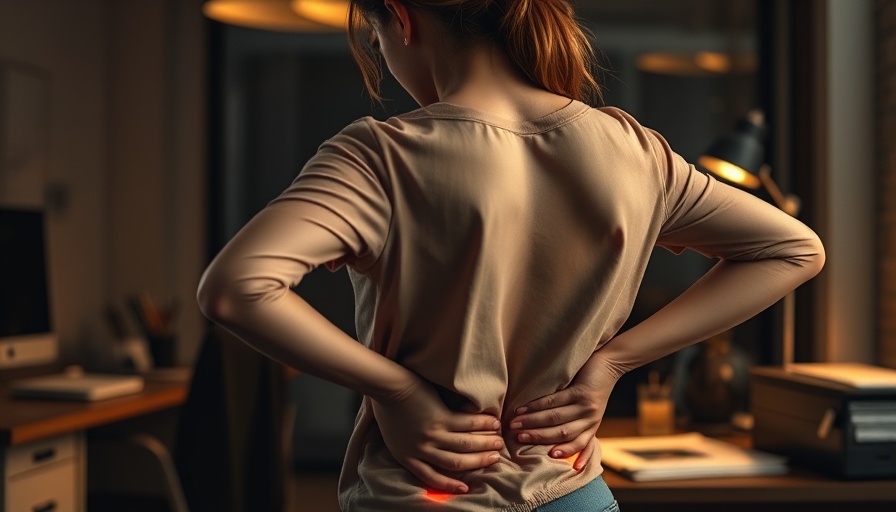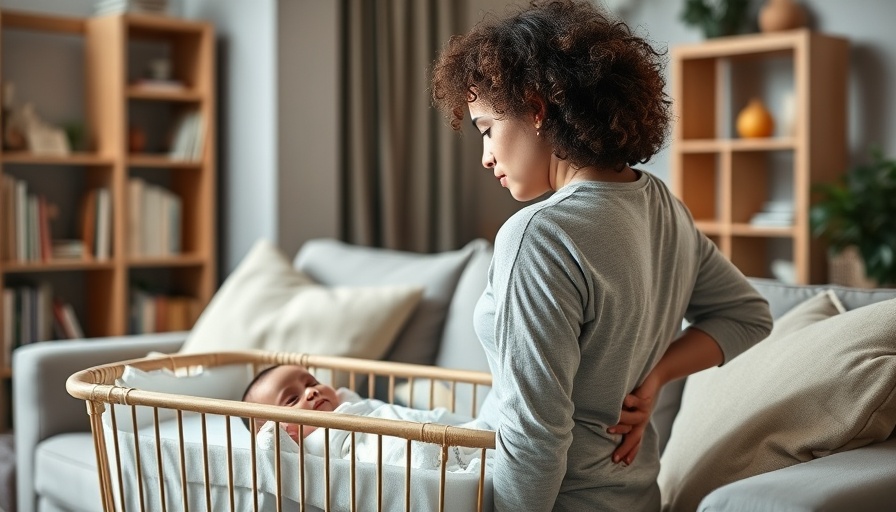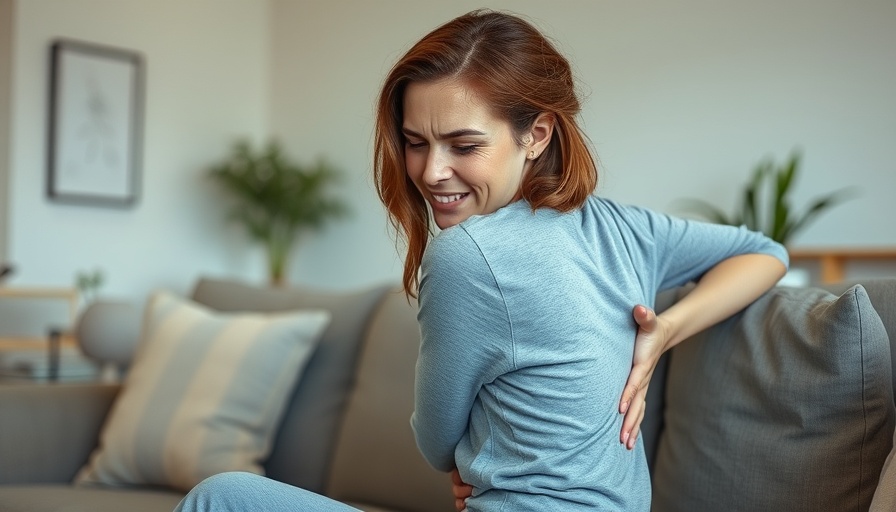
Understanding the Pain: Is It Piriformis Syndrome or Sciatica?
If you've ever encountered a persistent ache in your buttocks or a sharp, radiating pain down your leg, you might be questioning if it's sciatica or piriformis syndrome. But knowing the distinctions between these conditions is essential for effective treatment—particularly for those who often find themselves seated for extended periods due to work, gaming, or travel.
What is Piriformis Syndrome?
Piriformis syndrome occurs when the piriformis muscle, a small muscle located deep in the buttock, becomes tight or inflamed. This can compress the nearby sciatic nerve, leading to pain in the buttocks that may extend down the leg. Symptoms typically include:
- Localized pain in one buttock, worsening with sitting
- Numbness or tingling in the leg
- Discomfort when climbing stairs or rising from a chair
- Tenderness in the hip or glute area
What is Sciatica?
Sciatica, on the other hand, refers to pain that results from irritation or compression of the sciatic nerve. This condition often arises from issues in the spine, such as herniated discs or spinal stenosis. Common symptoms of sciatica include:
- Sharp or burning pain that originates in the lower back, traveling down the leg
- Numbness, tingling, or weakness in the leg or foot
- Pain that intensifies with prolonged sitting, coughing, or sneezing
Spotting the Key Differences
Although the symptoms of piriformis syndrome and sciatica are often similar, understanding their root causes and pain origins can help guide treatment. Here’s a breakdown:
| Symptom/Factor | Piriformis Syndrome | Sciatica |
|---|---|---|
| Origin of Pain | Buttock muscle (piriformis) | Spine (nerve root compression) |
| Main Cause | Muscle spasm, overuse, poor sitting posture | Herniated disc, spinal stenosis |
| Pain Location | Deep buttock pain, may radiate down leg | Lower back, radiating down the leg |
| Triggers | Prolonged sitting, overuse of glutes | Sitting, coughing, poor spine posture |
| Best Relief | Stretching, foam cushions, mobility work | Physical therapy, back support, medications |
Who Is at Risk?
Interestingly, women aged 35 to 55 who spend long hours seated are particularly susceptible to both conditions. Prolonged pressure on the hips and glutes, combined with poor posture, can lead to nerve compression. Understanding your body’s signals and seeking treatment can prevent persistent pain from interfering with your daily activities.
Ergonomic Solutions for Pain Relief
For those experiencing discomfort while seated, ergonomic solutions can greatly enhance comfort and reduce pain. Consider investing in:
- Memory Foam Seat Cushions: These are designed to relieve pressure on the piriformis region and support the lower back.
- Stretching Aids: Incorporating gentle stretches can improve flexibility and reduce tension in the buttocks.
- Regular Breaks: If you find yourself seated for extended periods, make it a habit to stand, stretch, or take a short walk regularly.
The Bottom Line: Seek Help!
If you’re experiencing persistent pain or discomfort, it’s essential to consult a healthcare professional. They can help determine the underlying cause and recommend the best course of treatment—whether it’s tailored exercises, physical therapy, or ergonomically supportive products like BOD Support cushions.
Taking proactive steps toward understanding your pain will empower you to manage it effectively. Never ignore the signals your body sends. Your health and comfort are worth it!
 Add Row
Add Row  Add
Add 




 Add Row
Add Row  Add
Add 

Write A Comment